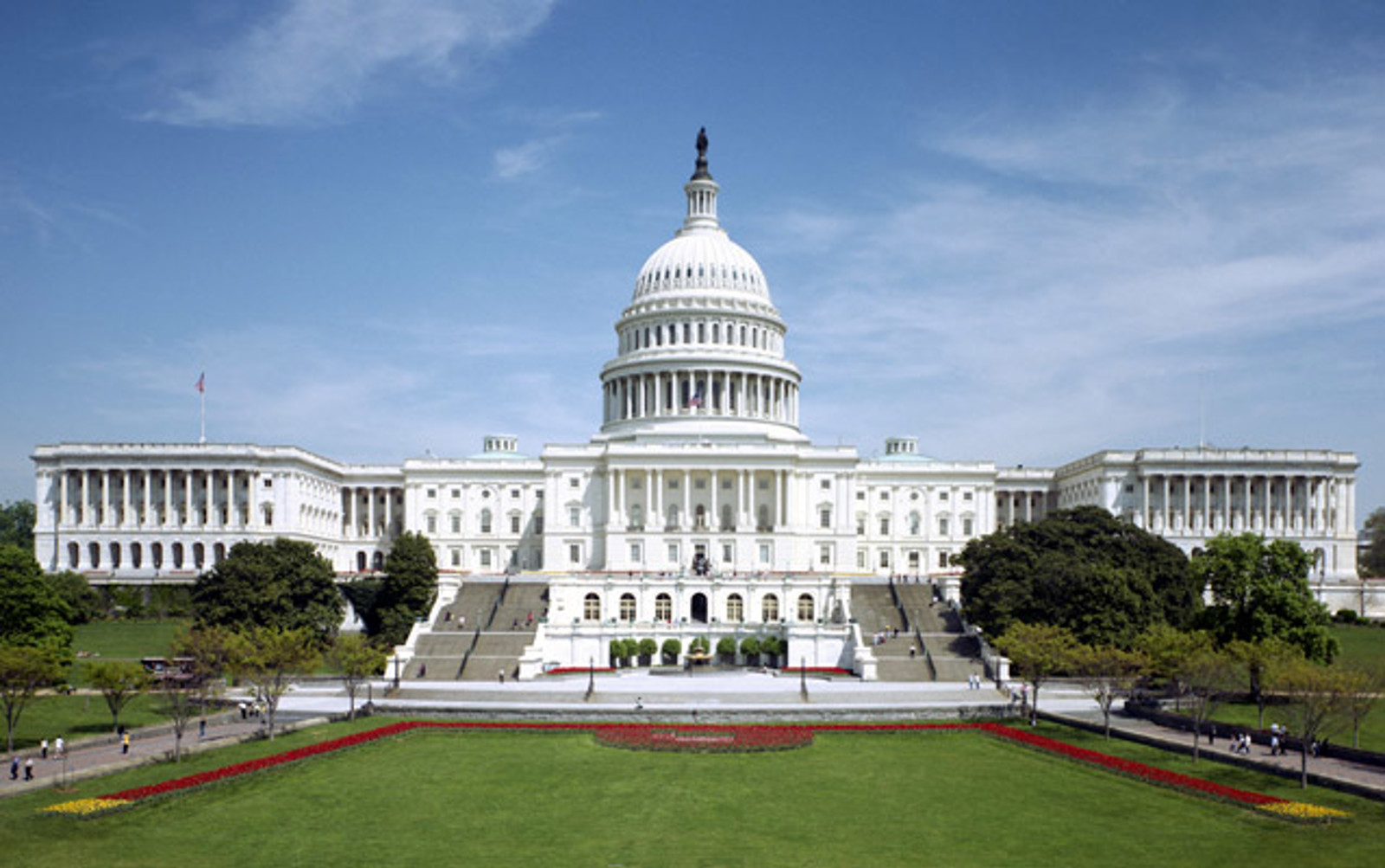Outlook for FY 2026 Funding
With passage of the budget reconciliation bill, the next big issue for Congress to tackle is annual government funding. The Fiscal Year (FY) 2026 budget and appropriations process kicked off with the submission of the President’s Budget Request in June. Now, Congress considers the president’s request and writes its own bills to fund the government for the fiscal year beginning October 1.
The House is using the president’s proposed budget as a guide, with Speaker Johnson (R-LA) promising fiscal conservatives additional funding cuts for their votes in favor of the reconciliation bill. On July 15, the House Appropriations Committee released its subcommittee allocations and at this point has written 10 of its 12 spending bills, using the president’s budget as a guide. Overall, total funding in the House bills will be $45 billion below last year’s spending levels as Chairman Tom Cole (R-OK) says, “Every bill is cut except for the vital areas the President requested be protected: our defense, veterans, and homeland security.”
The Labor-HHS-Education Subcommittee, which funds the federal student aid programs and the National Institutes of Health, has an allocation of $184.5 billion, which is $14 billion below last year’s allocation. The president’s request for student aid includes reducing the Pell Grant maximum, eliminating Supplemental Educational Opportunity Grants, TRIO, and GEAR UP and drastically reducing Federal Work-Study funding. NAICU sent a letter to House and Senate Appropriators asking them to reject the president’s request for cuts and instead seeking inflationary increases for the student and institutional aid programs and adequate funding for the National Center for Education Statistics. The subcommittee markup that had been scheduled for the week of July 21 has been postponed until after August recess
The Senate Appropriations Committee is taking a different approach than the House to forge bipartisan agreements on bills as they move through the process, but they have not yet released subcommittee allocations. Unlike the reconciliation process that just concluded, the appropriations process does not have privileged rules for consideration in the Senate, which means spending bills need bipartisan support for passage. Support from Democratic Senators is imperative as spending bills require 60 votes to pass in the Senate. While the House may write bills that pass party-line votes, final bills must accommodate minority views for Senate passage. Without bipartisan support, the government would shut down.
The future of proposals to eliminate certain student aid programs in Congress remains uncertain. The president’s request to cut the Pell Grant maximum could be tempered by Congress due to the additional $10.5 billion provided to cover the Pell Grant program funding shortfall, which is good news. The legislation currently being drafted is for FY 2026, which begins on October 1, 2025. However, student aid programs are forward-funded, meaning that the funds allocated in FY 2026 will support the 2026–27 academic award year, with aid disbursements beginning on July 1, 2026. If Congress does not agree to funding bills by September 30, it must pass a continuing resolution to keep the government open and avoid a shutdown. These decisions will be the focus of NAICU’s congressional work in September.
For more information, please contact:
Stephanie T. Giesecke

